Precise measurement technology for the food industry.
When it comes to volume, weight, position or appearance, we take your product very serious. The more accurately the process is calibrated to your product, the more economical the entire production operation will be. In-particular for swiss style cheeseor natural meat products such as raw ham, measuring technology has a significant influence on product give-away and yield. This is why we have a dedicated center of excellence for optical measuring technology and industrial image processing in the food industry with about 30 people on staff and decades of know-how. The scanners weSCAN 3000/5000 and weSCAN 7000 as well as other Weber products like the wePICK pick robot all use these type of precise, technically advanced solutions.
Insertion via Pick & Place
With Pick & Place robot insertion solutions such as the Weber wePICK, portion handling is supported by optical measuring technology for positioning and orientation correction. Even before being placed in the packaging, all sliced portions are optically detected and checked for their correct position. This means that the position and the orientation on the conveyor belt, as well as the dimensions (area) of the product are detected, so that the pick robot can precisely and gently grip and insert the individual portions.
The captured data is also statistically recorded in order to determine if adjustments are necessary in the upstream process.
Placement control
Shreds, overlaps, rotatory orientation, fill level and position - to ensure that your sliced portions are optimally positioned in the packaging and secure sealing is guaranteed, a whole range of criteria are included in the evaluation of the portion placement. If an error is detected, our solutions allow automatic correction to optimize the placement position or the rejection of portions with contamination of the sealing areas. If required, product groupings can even be checked on the conveyor belt before being inserted into the packaging.
With the help of the recorded data, conclusions can also be drawn about the quality of upstream processes. With the framework of a Weber complete line solution, the line has the ability ito optimize itselfdue to comprehensive line integration. This leads to an overall increase in quality.
Density determination
For swiss style cheese applications and products whose components largely differ in density (fat/lean content), the use of an X-ray scanner is essential to precisely determine density and weight, and to maximize he product utilization. For this purpose, the products to be sliced are fed to the scanner in several lanes next to each other. After the density of each individual product has been determined by means of X-ray technology, the products are weighed at the integrated weighing station on a lane-related basis.
Packaging control
With our scanning solutions, various packaging features can be recorded and checked:
- Fill level / volume of the product in the packaging
- Completeness and number of products in the package
- Before sealing: cleanliness of the sealing seam areas
- After sealing: the quality of sealing seams
- Position, orientation and quality of packaging printing and stickers
- Readability of printed fonts and codes
When it comes to inspecting packaging, our scanning systems are real all-rounders thanks to the optional combination of 3D data with color information. A combined inspection station is not only faster, but also far easier to integrate than several inspection stations arranged one behind the other.
Fat layer determination
The Weber ASD 460 defatting machine is equipped with a camera-supported recognition of the fat thickness and pre-programmed longitudinal profile motions where, as a result, the processing procedure runs fully automatic. The product is continuously picked up from the side as it enters the machine. The heights of the fat and meat contents are determined and passed on to the machine control. With the help of this data, the cutting height for separating fat and meat is precisely determined and dynamically adjusted. This results in a uniform processing result of the products and thus a calculation reliability, which is particularly effective when processing fine cuts such as loin and chops.


